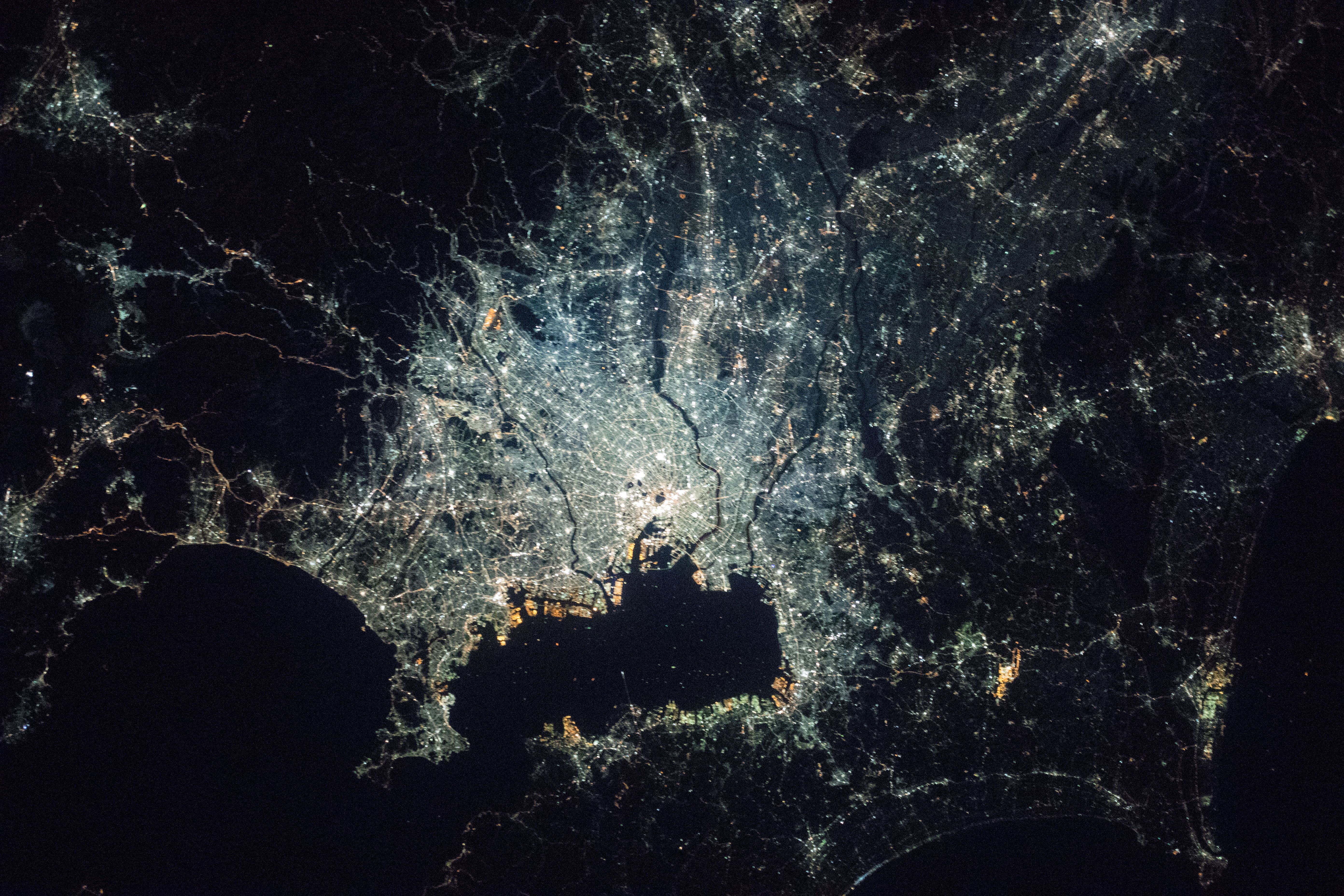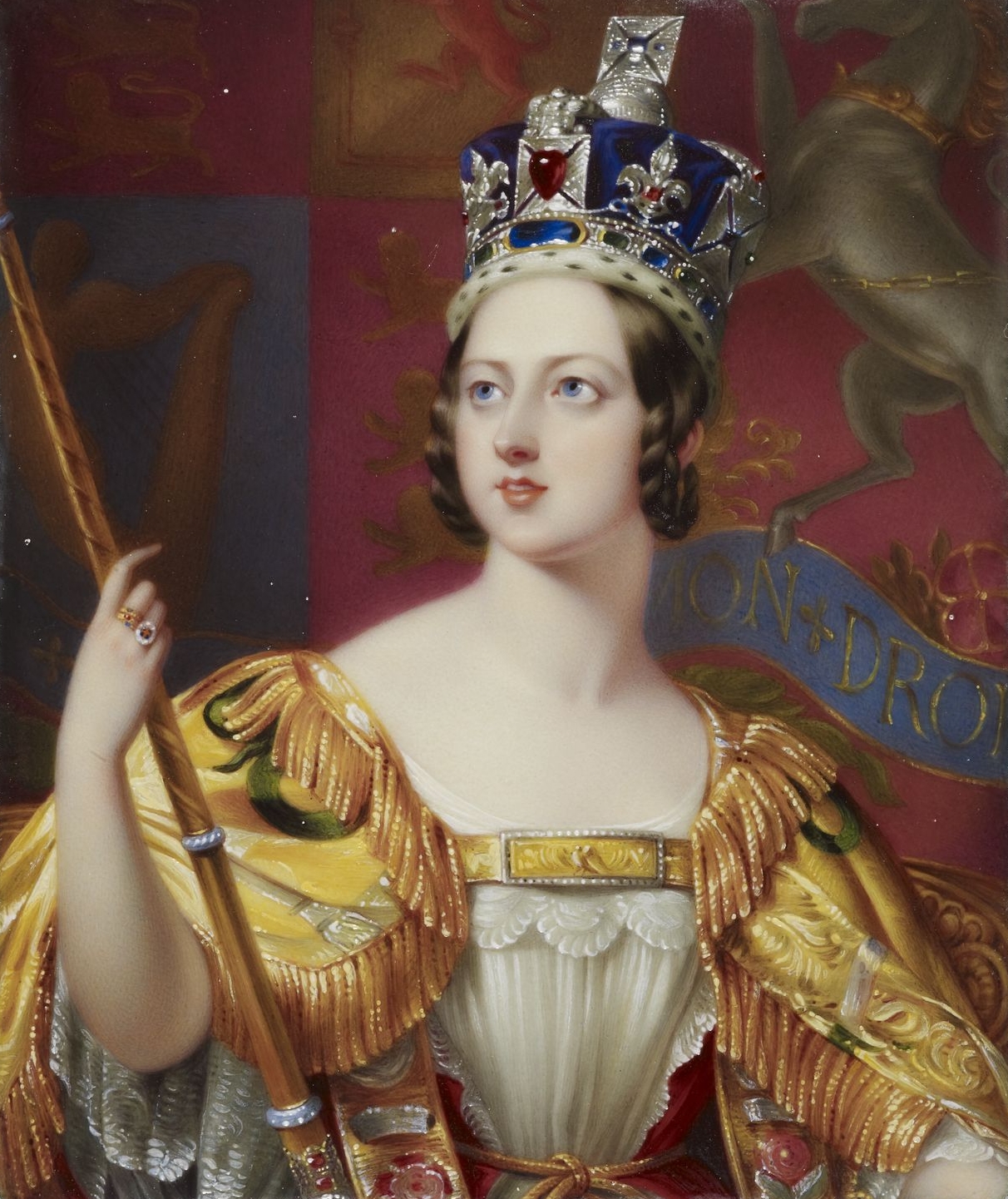|
1837 In Japan
Events in the year 1837 in Japan. Incumbents *Monarch: Ninkō Events * July – Morrison incident: A US ship is fired on by cannon when entering Tokyo Bay while attempting to repatriate castaway Japanese citizens. * Tenpō famine which began in 1833 comes to an end. Births * 28 October – Tokugawa Yoshinobu, 15th and last Tokugawa shogunate (d. 1913) References {{Asia topic, 1837 in 1830s in Japan Japan Japan is an island country in East Asia. Located in the Pacific Ocean off the northeast coast of the Asia, Asian mainland, it is bordered on the west by the Sea of Japan and extends from the Sea of Okhotsk in the north to the East China Sea ... Years of the 19th century in Japan ... [...More Info...] [...Related Items...] OR: [Wikipedia] [Google] [Baidu] |
Monarchy Of Japan
The emperor of Japan is the hereditary monarch and head of state of Japan. The emperor is defined by the Constitution of Japan as the symbol of the Japanese state and the unity of the Japanese people, his position deriving from "the will of the people with whom resides sovereign power". The Imperial Household Law governs the line of imperial succession. Pursuant to his constitutional role as a national symbol, and in accordance with rulings by the Supreme Court of Japan, the emperor is personally immune from prosecution. By virtue of his position as the head of the Imperial House, the emperor is also recognized as the head of the Shinto religion, which holds him to be the direct descendant of the sun goddess Amaterasu. According to tradition, the office of emperor was created in the 7th century BC, but the first historically verifiable emperors appear around the 5th or 6th centuries AD. The role of the emperor of Japan has historically alternated between a largely cere ... [...More Info...] [...Related Items...] OR: [Wikipedia] [Google] [Baidu] |
Emperor Ninkō
Ayahito (16 March 1800 – 21 February 1846), posthumously honored as Emperor Ninkō, was the 120th emperor of Japan, according to the traditional order of succession.Imperial Household Agency (''Kunaichō'') 仁孝天皇 (120)/ref> Ninkō's reign spanned the years from 1817 until his death in 1846, and saw further deterioration of the power of the ruling ''Shōgun''.Titsingh, Isaac. (1834). ''Annales des empereurs du japon'', p. 421. Disasters, which included famine, combined with corruption and increasing Western interference, helped to erode public trust in the ''bakufu'' government. Emperor Ninkō revived certain court rituals and practices upon the wishes of his father. However, it is unknown what role, if any, the Emperor had in the turmoil which occurred during his reign. His family included fifteen children from various concubines, but only three of them lived to adulthood. His fourth son, Imperial Prince Osahito became Emperor Kōmei upon Ninkō's death in 1846. While p ... [...More Info...] [...Related Items...] OR: [Wikipedia] [Google] [Baidu] |
Tokyo Bay
is a bay located in the southern Kantō region of Japan spanning the coasts of Tokyo, Kanagawa Prefecture, and Chiba Prefecture, on the southern coast of the island of Honshu. Tokyo Bay is connected to the Pacific Ocean by the Uraga Channel. The Tokyo Bay region is the most populous and the largest industrialized area in Japan. Names In ancient times, the Japanese knew Tokyo Bay as the . By the Azuchi–Momoyama period (1568–1600) the area had become known as after the city of Edo. The bay took its present name in modern times, after the Imperial court moved to Edo and renamed the city Tokyo in 1868. Geography Tokyo Bay juts prominently into the Kantō Plain. It is surrounded by the Bōsō Peninsula in Chiba Prefecture to the east and the Miura Peninsula in Kanagawa Prefecture to the west. The shore of Tokyo Bay consists of a Diluvium, diluvial plateau and is subject to rapid marine erosion. Sediments on the shore of the bay make for a smooth, continuous shoreline. Bound ... [...More Info...] [...Related Items...] OR: [Wikipedia] [Google] [Baidu] |
Tenpō Famine
The Tenpō famine (天保の飢饉, ''Tenpō no kikin''), also known as the Great Tenpō famine (天保の大飢饉, ''Tenpō no daikikin''), was a famine that affected Japan during the Edo period. Considered to have lasted from 1833 to 1837, it was named after the Tenpō era (1830–1844), during the reign of Emperor Ninkō. The death toll was estimated between 200,000 and 300,000. The ruling shōgun during the famine was Tokugawa Ienari. Causes The famine was most severe in northern Honshū and was caused by flooding and cold weather. The countryside experienced severe rains that drowned crops and unseasonable cold temperatures. In an effort to stem the effects of the famine, the northern domain of Hirosaki banned all exports of rice from 1833 to 1838 - nevertheless, the population of the city decreased by 80,000, more than half of which was from people fleeing the domain itself. The famine was further deepened by repeat insect infestations and outbreaks of disease. Although ... [...More Info...] [...Related Items...] OR: [Wikipedia] [Google] [Baidu] |
Tokugawa Yoshinobu
Kazoku, Prince was the 15th and last ''shōgun'' of the Tokugawa shogunate of Japan. He was part of a movement which aimed to reform the aging shogunate, but was ultimately unsuccessful. He resigned his position as shogun in late 1867, while aiming at keeping some political influence. After these efforts failed following the defeat at the Battle of Toba–Fushimi in early 1868, he went into retirement, and largely avoided the public eye for the rest of his life. Early life Tokugawa Yoshinobu was born in Edo as the seventh son of Tokugawa Nariaki, ''daimyō'' of Mito. Mito was one of the ''gosanke'', the three branch families of the Tokugawa clan which were eligible to be chosen as ''shōgun''. His birth name was Matsudaira Shichirōmaro () His mother, Princess Yoshiko (Arisugawa-no-miya), Princess Arisugawa Yoshiko, was a member of the Arisugawa-no-miya, a cadet branch of the imperial family; through her, he was a third cousin (once removed) of the then-Emperor Ninkō. Shichir� ... [...More Info...] [...Related Items...] OR: [Wikipedia] [Google] [Baidu] |
Tokugawa Shogunate
The Tokugawa shogunate, also known as the was the military government of Japan during the Edo period from 1603 to 1868. The Tokugawa shogunate was established by Tokugawa Ieyasu after victory at the Battle of Sekigahara, ending the civil wars of the Sengoku period following the collapse of the Ashikaga shogunate. Ieyasu became the ''shōgun,'' and the Tokugawa clan governed Japan from Edo Castle in the eastern city of Edo (Tokyo), Edo (Tokyo) along with the ''daimyō'' lords of the ''samurai'' class. The Tokugawa shogunate organized Japanese society under the strict Edo society, Tokugawa class system and banned most foreigners under the isolationist policies of ''Sakoku'' to promote political stability. The Tokugawa shoguns governed Japan in a feudal system, with each ''daimyō'' administering a ''Han system, han'' (feudal domain), although the country was still nominally organized as provinces of Japan, imperial provinces. Under the Tokugawa shogunate, Japan experienced rapid ... [...More Info...] [...Related Items...] OR: [Wikipedia] [Google] [Baidu] |
1837 In Japan
Events in the year 1837 in Japan. Incumbents *Monarch: Ninkō Events * July – Morrison incident: A US ship is fired on by cannon when entering Tokyo Bay while attempting to repatriate castaway Japanese citizens. * Tenpō famine which began in 1833 comes to an end. Births * 28 October – Tokugawa Yoshinobu, 15th and last Tokugawa shogunate (d. 1913) References {{Asia topic, 1837 in 1830s in Japan Japan Japan is an island country in East Asia. Located in the Pacific Ocean off the northeast coast of the Asia, Asian mainland, it is bordered on the west by the Sea of Japan and extends from the Sea of Okhotsk in the north to the East China Sea ... Years of the 19th century in Japan ... [...More Info...] [...Related Items...] OR: [Wikipedia] [Google] [Baidu] |
1830s In Japan
Year 183 ( CLXXXIII) was a common year starting on Tuesday of the Julian calendar. At the time, it was known in Rome as the Year of the Consulship of Aurelius and Victorinus (or, less frequently, year 936 ''Ab urbe condita''). The denomination 183 for this year has been used since the early medieval period, when the Anno Domini calendar era became the prevalent method in Europe for naming years. Events By place Births * January 26 – Lady Zhen, wife of the Cao Wei state Emperor Cao Pi (d. 221) * Hu Zong, Chinese general, official and poet of the Eastern Wu state (d. 242) * Liu Zan (Zhengming), Chinese general of the Eastern Wu state (d. 255) * Lu Xun, Chinese general and politician of the Eastern Wu state (d. 245 __NOTOC__ Year 245 ( CCXLV) was a common year starting on Wednesday of the Julian calendar. At the time, it was known as the Year of the Consulship of Philippus and Titianus (or, less frequently, year 998 ''Ab urbe condita''). The denomination ...) ... [...More Info...] [...Related Items...] OR: [Wikipedia] [Google] [Baidu] |
1837 By Country
Events January–March * January 1 – The destructive Galilee earthquake causes thousands of deaths in Ottoman Syria. * January 26 – Michigan becomes the 26th state admitted to the United States. * February 4 – Seminoles attack Fort Foster in Florida. * February 25 – In Philadelphia, the Institute for Colored Youth (ICY) is founded, as the first institution for the higher education of black people in the United States. * February – Charles Dickens's ''Oliver Twist'' begins publication in serial form in London. * March 1 – The Congregation of Holy Cross is formed in Le Mans, France, by the signing of the Fundamental Act of Union, which legally joins the Auxiliary Priests of Blessed Basil Moreau, CSC, and the Brothers of St. Joseph (founded by Jacques-François Dujarié) into one religious association. April–June * April 12 – The conglomerate of Procter & Gamble has its origins, when British-born businessmen William Procter and James Gamble begin selling ... [...More Info...] [...Related Items...] OR: [Wikipedia] [Google] [Baidu] |




